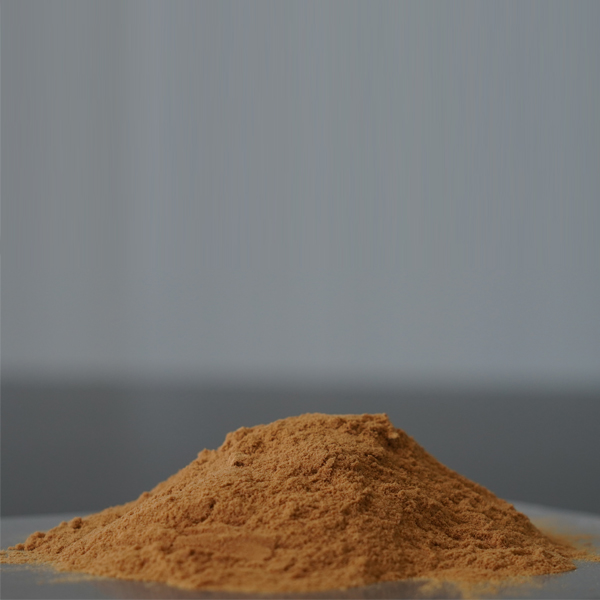
News
Okt. . 15, 2024 10:40 Back to list
Sodium Salt of Poly L-Aspartic Acid and Its Applications in Various Industries
Poly L-Aspartic Acid Sodium Salt An Overview
Poly L-aspartic acid sodium salt, commonly abbreviated as PLAS, is a derivative of aspartic acid, an amino acid that plays a crucial role in various biological processes. As a biopolymer, PLAS has gained attention in numerous fields, including medicine, agriculture, and materials science, due to its unique chemical properties and biocompatibility. This article explores the synthesis, properties, applications, and future potential of poly L-aspartic acid sodium salt.
Synthesis of Poly L-Aspartic Acid Sodium Salt
Poly L-aspartic acid sodium salt is synthesized through the polymerization of L-aspartic acid. The process can involve several methods, including solution polymerization, solid-state polymerization, and ring-opening polymerization of aspartic acid derivatives. Once synthesized, sodium ions are introduced to create the sodium salt form, which enhances the solubility and stability of the polymer in aqueous environments. This modification is crucial for its use in various applications, as it improves the polymer's interaction with biological systems and water-based formulations.
Chemical Properties
PLAS is characterized by its high water solubility, biodegradability, and non-toxic nature. The carboxylate groups (-COO-) present in its structure contribute to its biocompatibility and make it suitable for various applications. The polymer's molecular weight can be adjusted during synthesis, allowing for a tailored performance in specific uses. Its polyelectrolyte nature gives it unique properties in solution, such as forming gels and films, which can be beneficial in drug delivery systems and other biomedical applications.
Applications
1. Biomedical Field One of the most promising applications of PLAS is in drug delivery systems. Its ability to form hydrogels makes it an ideal candidate for encapsulating drugs, allowing for controlled release and targeted delivery. Additionally, PLAS can be used as a scaffold material for tissue engineering, as it supports cell attachment and growth due to its biocompatibility.
poly l aspartic acid sodium salt

2. Agriculture In agriculture, PLAS has been studied for its potential as an eco-friendly soil conditioner and water-retention agent. Its ability to hold moisture and improve soil structure can enhance plant growth and crop productivity while minimizing the need for chemical fertilizers.
3. Cosmetics and Personal Care The cosmetic industry has also shown interest in PLAS due to its film-forming abilities and moisturizing properties. It can be incorporated into skin care products, providing hydration and improving skin texture. Its gentle nature makes it suitable for sensitive skin formulations.
4. Industrial Applications Beyond its biological applications, PLAS is being investigated for use in various industrial processes, including as a dispersing agent in paints and coatings. Its ability to enhance the performance of these products while maintaining eco-friendliness makes it an attractive option for manufacturers.
Future Potential
The future of poly L-aspartic acid sodium salt appears promising as research continues to unveil its potential across various sectors. The ongoing development of advanced synthesis techniques may lead to the creation of new PLAS derivatives with tailored properties, enhancing its applicability in specialized fields. Furthermore, as the demand for biodegradable and non-toxic materials increases, the relevance of PLAS in sustainable practices will likely grow.
Conclusion
In conclusion, poly L-aspartic acid sodium salt is a versatile biopolymer with a wide range of applications across medicine, agriculture, cosmetics, and industry. Its unique properties, including biodegradability and biocompatibility, position it well for future developments in various fields. As research continues to expand our understanding of this remarkable polymer, it is clear that PLAS could play an essential role in advancing sustainable technologies and improving human health. Through innovative applications and ongoing studies, poly L-aspartic acid sodium salt is set to remain at the forefront of material science and biotechnology.
-
OEM Chelating Agent Preservative Supplier & Manufacturer High-Quality Customized Solutions
NewsJul.08,2025
-
OEM Potassium Chelating Agent Manufacturer - Custom Potassium Oxalate & Citrate Solutions
NewsJul.08,2025
-
OEM Pentasodium DTPA Chelating Agent Supplier & Manufacturer High Purity & Cost-Effective Solutions
NewsJul.08,2025
-
High-Efficiency Chelated Trace Elements Fertilizer Bulk Supplier & Manufacturer Quotes
NewsJul.07,2025
-
High Quality K Formation for a Chelating Agent – Reliable Manufacturer & Supplier
NewsJul.07,2025
-
Best Chelated Iron Supplement for Plants Reliable Chelated Iron Fertilizer Supplier & Price
NewsJul.06,2025
